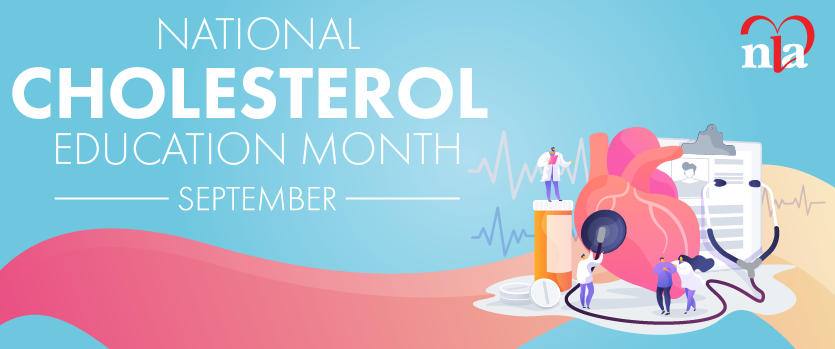This edition of the LipidSpin is an outstanding representation of how there is never a dull moment in the world of clinical lipidology. This SELA edition of LipidSpin has many outstanding lessons and insights nested within the various articles. As I read through this edition, two things stand out to me as highly noteworthy: collaboration and quality.
A collaborative multidisciplinary approach is commonplace among the National Lipid Association (NLA). Seeing two sections co- authored by professionals from different disciplines is very encouraging. Team-based care is promoted as a key component of high quality patient care. It seems to me that this edition supports that assertion. The Lipid Luminations column is written by a physician and a clinical pharmacy specialist and demonstrates to me a great example of collaborative approach to investigating patients presenting with an interesting case of severe myositis that utilizes evidence.
The Clinical Feature focuses on monitoring for metabolic side effects of antipsychotic medications and is authored by both a doctor of nursing practice (DNP) and a doctor of pharmacy (PharmD). I will use this information in my clinical practice. I have always practiced in a clinical setting where clinical pharmacists work side-by-side with medical providers, and am convinced that this is the optimal model to provide patient care for those with chronic diseases. This is especially important when using medications with elevated risk for long-term harm or when medication use is challenging, either from an ease-of- use perspective or need for patients to be highly engaged with managing their disease. This is the case with clinical lipidology.
Within this edition of LipidSpin, many contemporary and timely issues are addressed in an evidence-based manner. I am confident that the information about a low-carb diet, lysosomal acid lipase (LAL) deficiency, and niacin-statin combination therapy will be useful in your clinical practice and help you manage patients optimally. I personally will consider the possibility of LAL deficiency in certain patients based on the Specialty Corner column. And without a doubt, the EBM Tools for Practice and the Tear Sheet will also be useful. The Chapter Update, Member Spotlight, Foundation Annual Report, and the news and notes section were also helpful in continuing to keep me informed and in the loop as it pertains to the NLA.
I hope you enjoy this edition of LipidSpin as much as I have.






.jpg)
.png)











